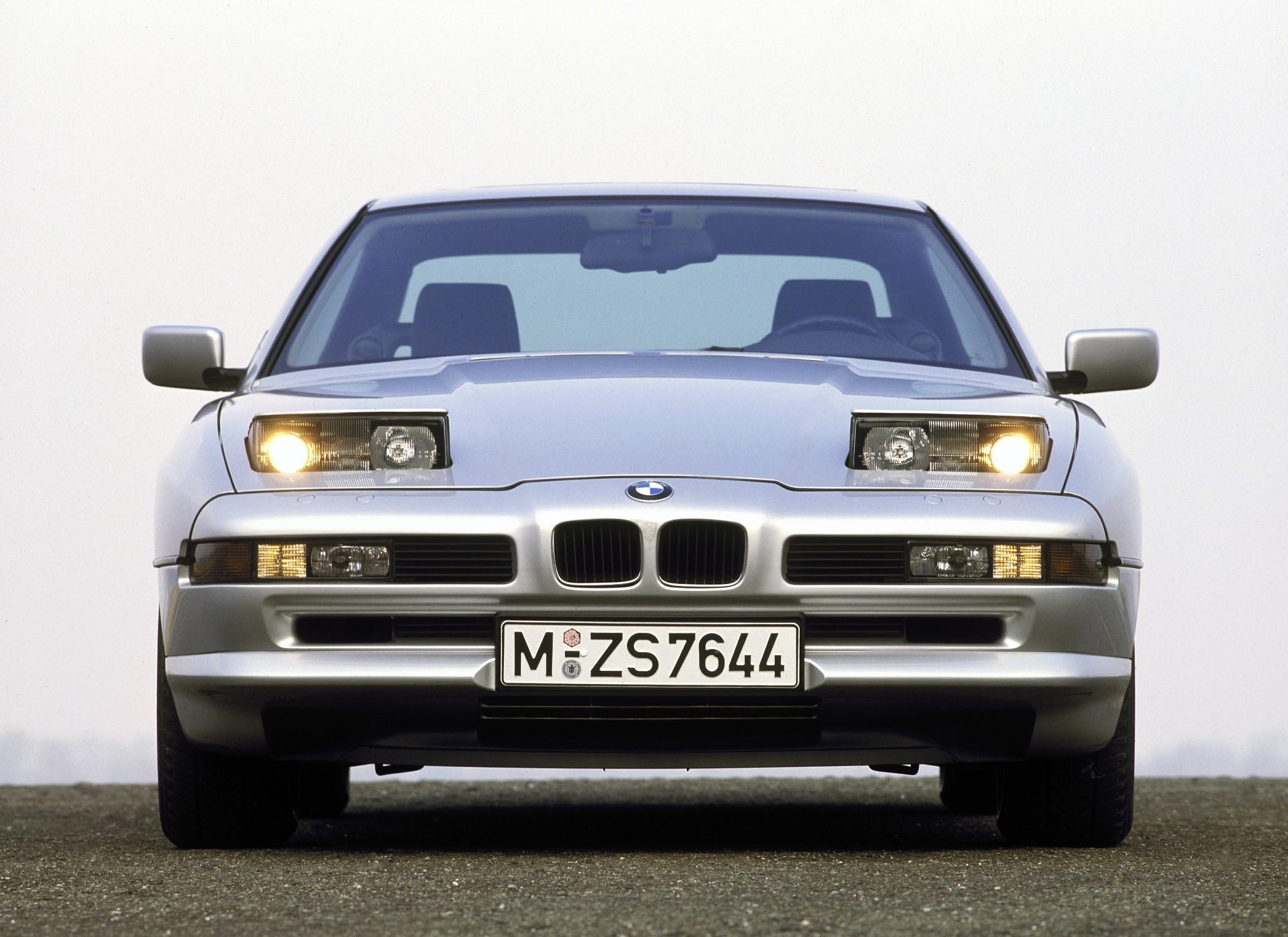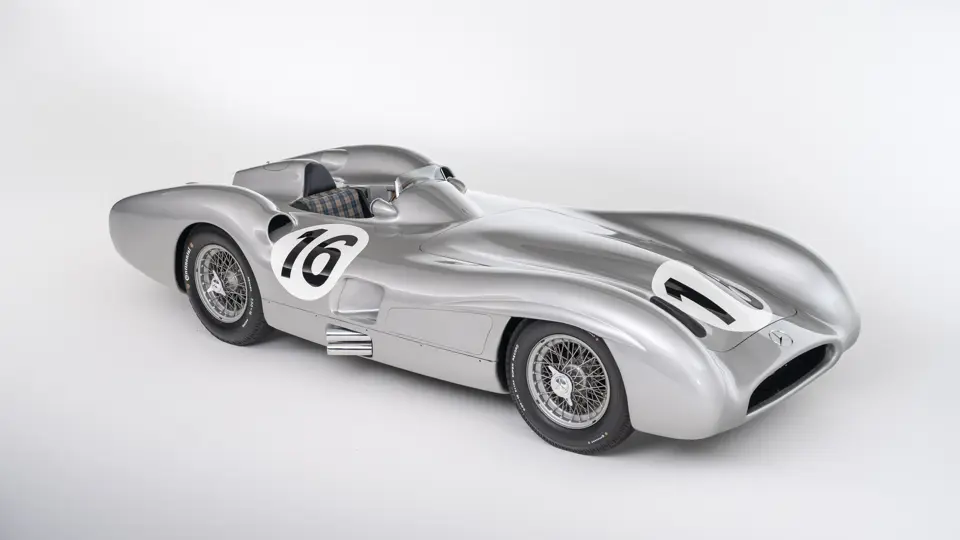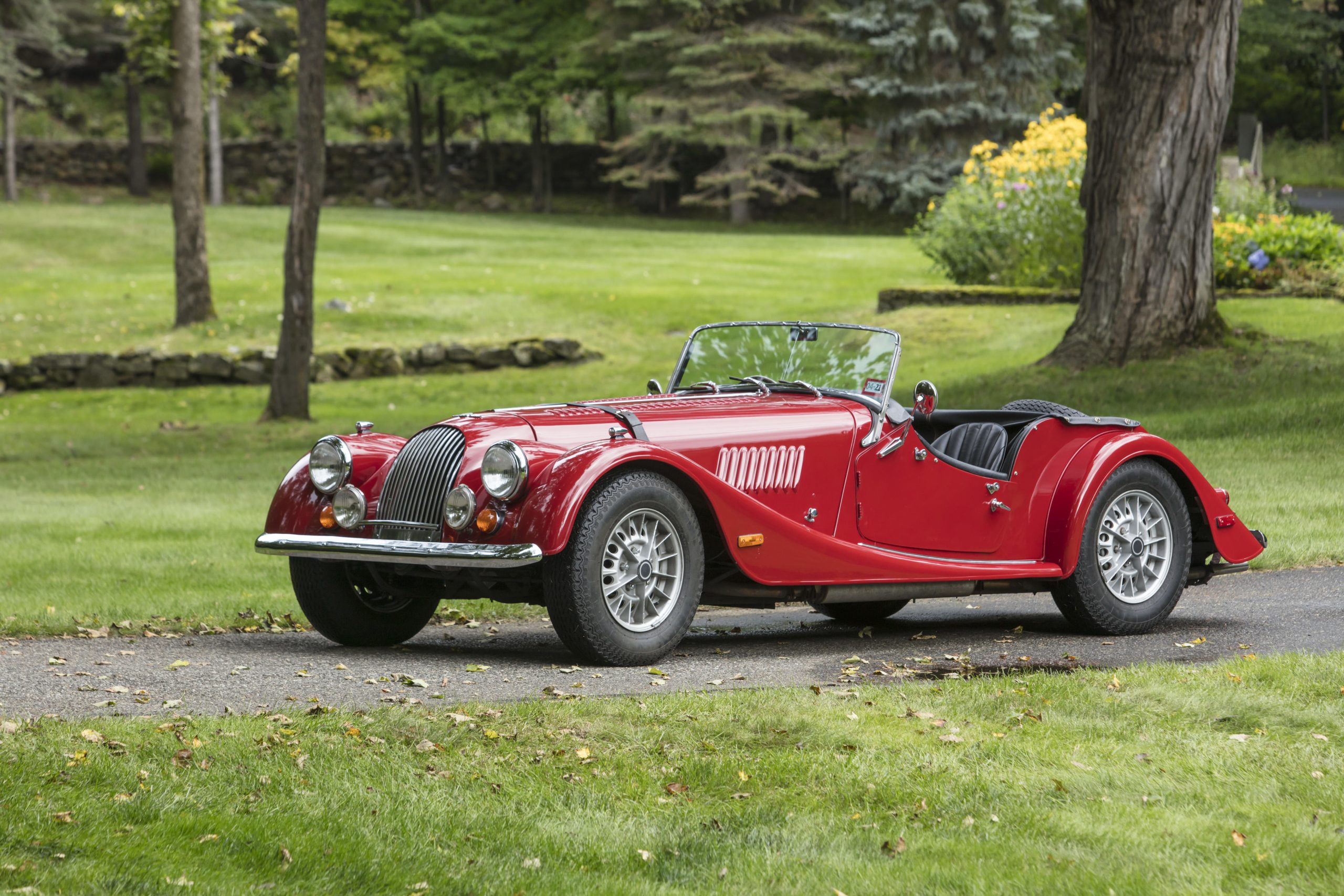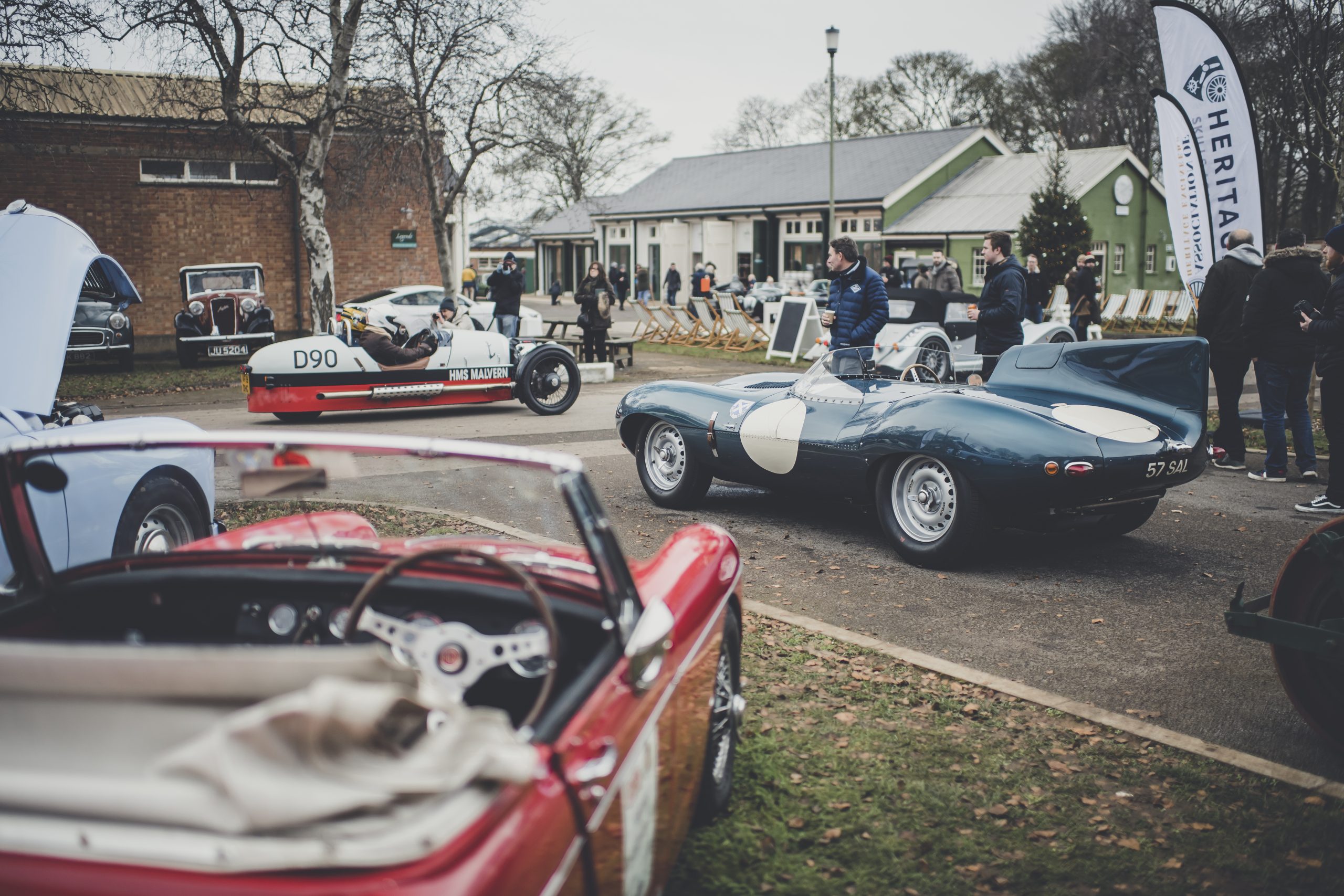Author: Alisdair Suttie
Photography: Opel/Stellantis, Collecting Cars, Magic Car Pics
Ford and Vauxhall have been slugging it out for almost a century. While most of that time has been spent trying to lure in mainstream saloon and hatch customers, the pair have also vied for those with more sporting intentions. In the 1970s and ’80s, this performance car buyer battle was contested largely between the Ford Capri and Opel Manta, which hailed from Vauxhall’s German counterpart within the larger General Motors empire.
It’s true the Opel Manta B was offered as a Vauxhall-badged Cavalier model between the arrival of the second generation Manta in 1975 and up to 1981. However, when the Manta was facelifted in 1982, the car became an Opel-only offering in the UK to fall into line with the rest of Europe. That did no harm to the Manta’s sales in the UK where the model had built up a faithful following that dated back to the first generation Manta A coupé that ran from 1970 to 1975. It also helped the Manta’s image greatly that it could regularly be seen on television contesting various rallies in the hands of drivers like Russell Brookes, Jimmy McRae and Ari Vatanen – usually sideways and always fast.
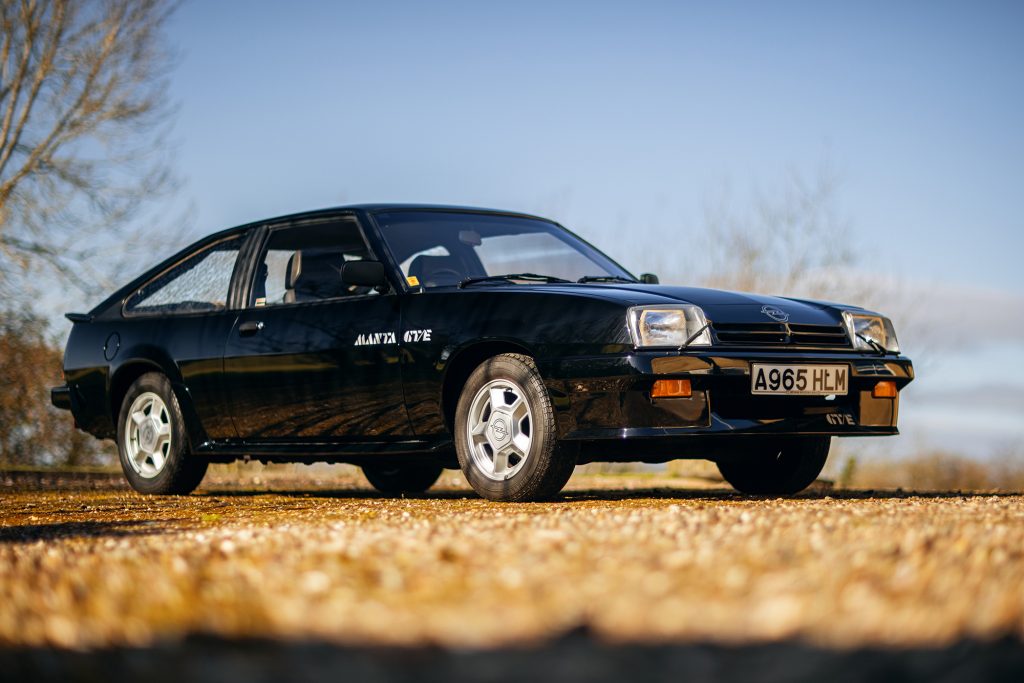

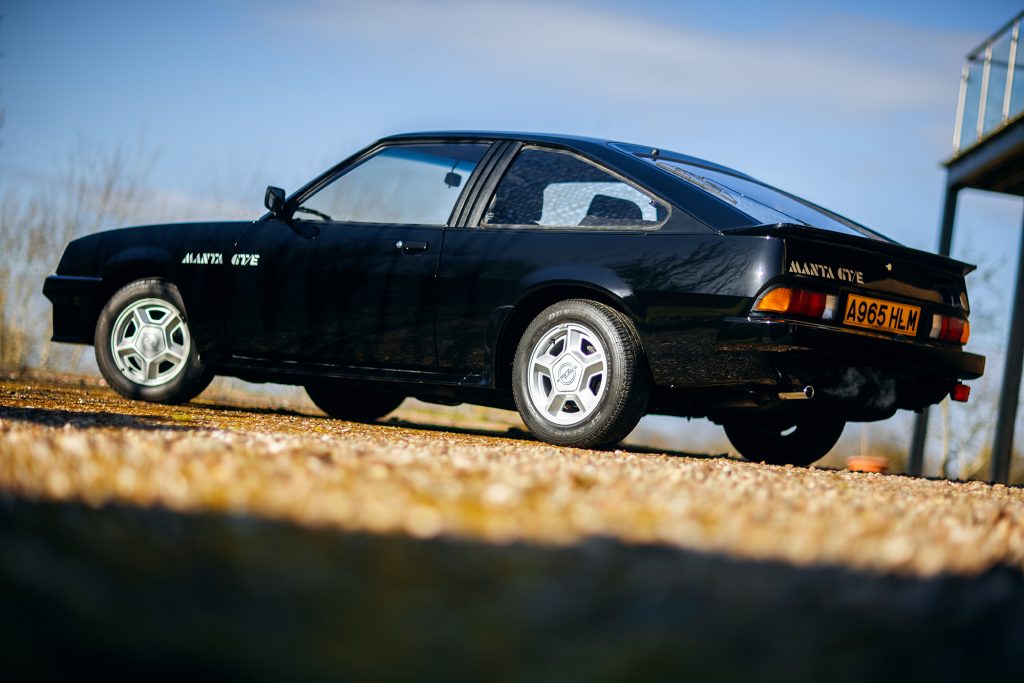
From launch in 1975, the Manta B was offered as a sports hatch and a more traditional coupé. The hatch was every inch a rival to the Ford Capri with seating for four, or five at a pinch, a large lift-up tailgate and generous boot. The coupé offered a look more akin to the sporting cars of BMW or Mercedes and it was this body shape that was used for the rally cars, so it was often seen as the more desirable.
While many countries were offered the Manta with an entry-level 1.2-litre engine, UK drivers were spared this slow device and were instead given a base camp 1.6-litre model. Even that was not very convincing for British drivers, who gravitated towards the 1897cc engine offered up to 1978, which was then replace by a 1979cc unit that gave the sort of get up and go to keep Capri 2.0 owners on their toes. The 1982 update surprised a few who thought the Manta had run its course. This was far from the truth as the revised Manta looked just right for the new decade and was still perceived as a cut above the growing hordes of hot hatches coming on to the market. With a fuel injected 2.0-litre engine badged GT/E, the Manta had 110bhp and could offer 0-60mph in 8.5 seconds allied to a 120mph top speed. When the new 1.8-litre engine arrived, with carburettors rather than fuel injection, it delivered 90bhp but could still hit 110mph and dash off 0-60mph in 11.0 seconds.
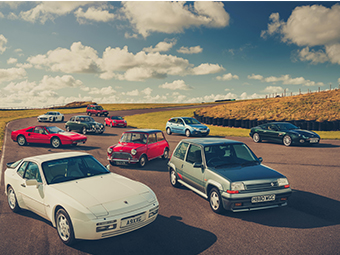
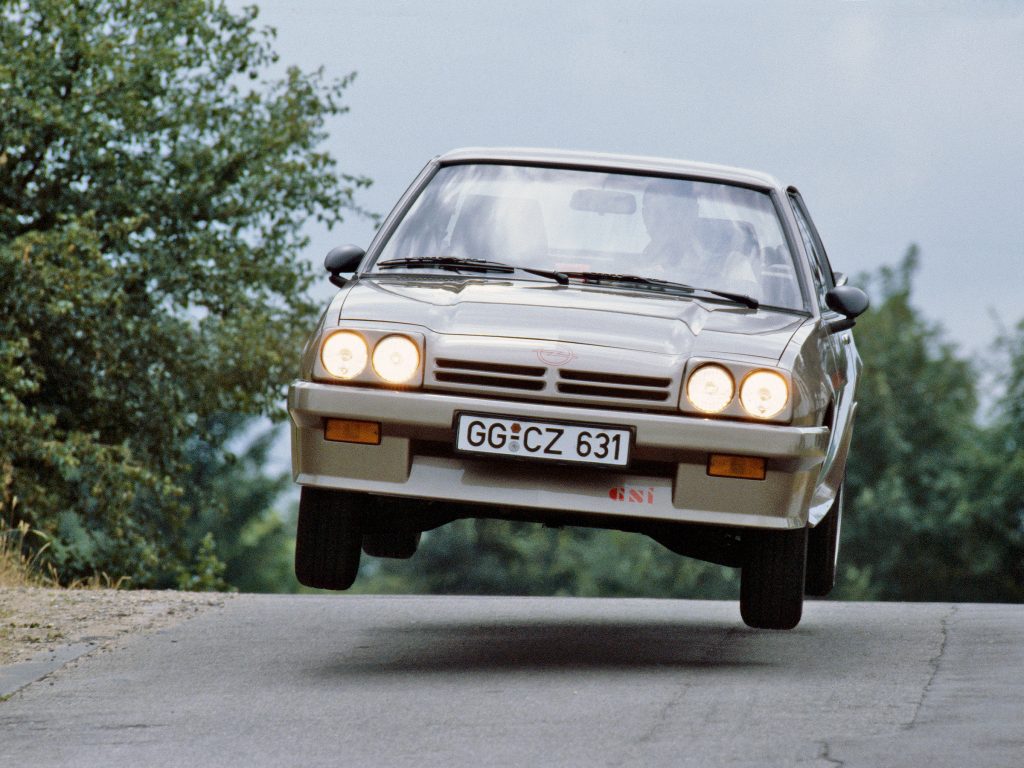
Faster versions of the Manta arrived during the 1980s. The i200 and Manta 400 were both homologation specials to qualify the car for rallying, while the i240 was a road car only. The i300 was made by tuning firm Irmscher with the 3.0-litre six-cylinder engine from the Monza coupé. In the UK, Chris Courtenay developed a turbocharging kit for the Manta that gave strong performance while still being usable as an everyday car – not something you could say of many turbo conversions of the period. By the time the Manta B ended production in 1988, the Ford Capri had already fallen by the wayside the previous year. Between 1975 and 1988, the Manta racked up sales of 523,000, easily outdoing the Capri Mk3’s 324,045 tally.
What’s an Opel Manta like to drive?
Opel based its new sports coupé range on the equally new for 1975 Ascona saloon, or Cavalier as it was known in the UK. While this offered a simple way to dress up a fairly modest family hatch with prettier bodywork, the Manta did get some more input to its suspension and handling to make sure it delivered on the sporting side of things.
Step into the Manta from a contemporary Ford Capri and you will notice the Opel rides a bit more firmly and there’s a little more road noise at higher speeds. It’s not unruly or loud, just that it feels a little more raw and immediate. This impression is added to by the sharp brakes – discs at the front, crisp rack-and-pinion steering, and in later cars a five-speed manual gearbox where more basic Capris with four-cylinder engines had to make do with a four-speeder.

The earlier 1.9-litre motor does a decent job of getting a move on in the Manta, but for a more entertaining experience the fuel injected 2.0-litre is the one to have. Its 110bhp feels perkier and certainly has no issues mixing with modern traffic. It starts easily thanks to its fuel system and picks up revs just as eagerly. The clutch is a little heavier than you’ll find in modern cars, but not so much it’s a pain in town, while the manual gearbox is light, accurate and real pleasure to use. There is also excellent vision in all directions in either the coupé or sports hatch, known as the Berlinetta for the facelifted model, which is a common trait of cars of this era.
Point the Opel Manta into some corners and you’ll find it’s in its element. The simple front-engined, rear-wheel drive set-up demands some caution when it’s wet as there are zero driver aids beyond your own ability, but it’s also very natural in the way it lets you know limits are being pushed with initial understeer transitioning into oversteer if you’re clumsy or happy to use the throttle to tighten a line. With a sufficiently modern drive that it could be used every day, the Manta backs up its case for regular use with a roomy driver’s environment, large glovebox and door pockets, decent rear seat space, and a large boot.
How much does an Opel Manta cost?
Where Ford Capris are relatively easy to find for sale, the Opel Manta has seen its numbers decimated by years of neglect and the usual ravages of rust. Even so, prices are still within the reach of the average enthusiast whereas Ford Capri values have taken on a raised eyebrow. As a consequence, you can find a rough Manta B that’s running and driving for £2500, but this will be a project and you’re almost certainly better spending twice that to get a car that’s complete and working, though definitely in need of improvement.
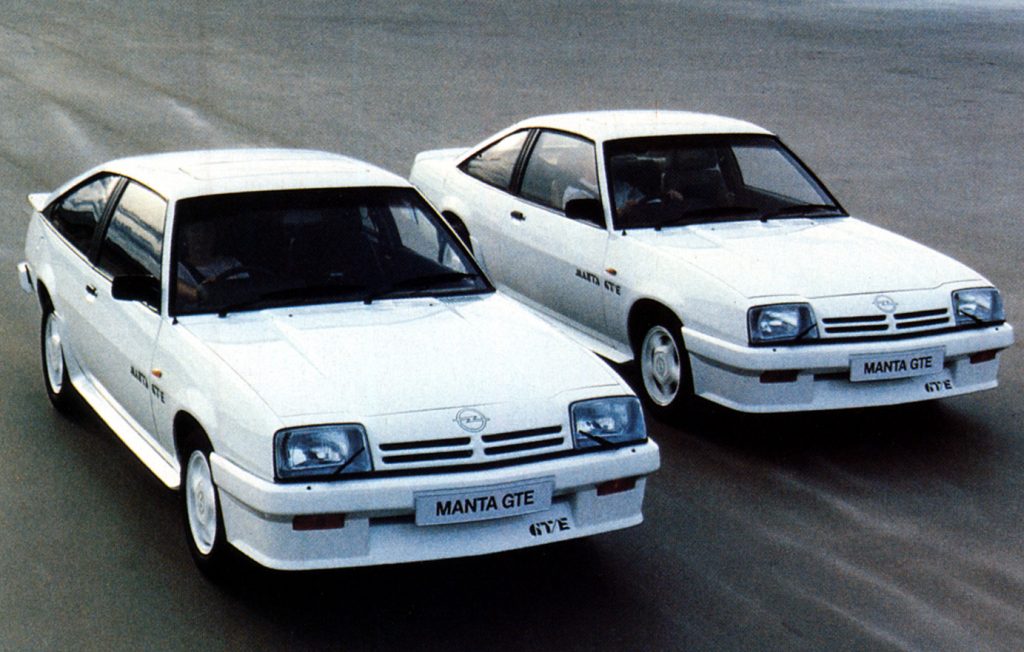
Double your budget again to around £12,000 and you will begin to find some very attractive Mantas and be into the territory of good 2.0 GT/E models. For the best examples, you’ll need around £18,000 for either an immaculate early car or superb GT/E. As for the rare homologation specials, their values are outwith the scope of this guide due to their rarity and possible motorsport provenance.
What goes wrong and what should you look for when buying an Opel Manta?
The Opel Manta is typical of its time in that it would have started to visibly rust within a few years of being sold new. At the time, it was simply accepted, so it means you will need your rust radar turned up to full power when looking at any car to buy.
Start with all the usual suspect spots, such as the wheelarches, sills door bottoms, edges of the wings, around the front and rear screens, valances, sunroof surround if the car has one fitted, and window edges. That’s the outside dealt with, now you need to poke deeper into the engine bay to check the battery tray and chassis rails, while underneath the floorpans, boot floor, jacking points, and bulkhead need to be inspected. It’s also important to make sure any car has all of its chrome trim and the correct fittings as these are all hard to find used or new.
If the Manta’s bodywork is prone to rot, the good news is the engines and gearboxes are tough. Even if they have been thrashed by a string of throttle-happy owners, all of the engines are capable of 100,000 miles between any major work. Keep them serviced and fed with regular oil changes and they will last even longer. The earlier four-speed manual gearbox is fine, but we’d look for a car with the five-speeder as it’s better to drive and more robust. There was also a three-speed auto transmission offered and it lasts well, but very few of these have survived.
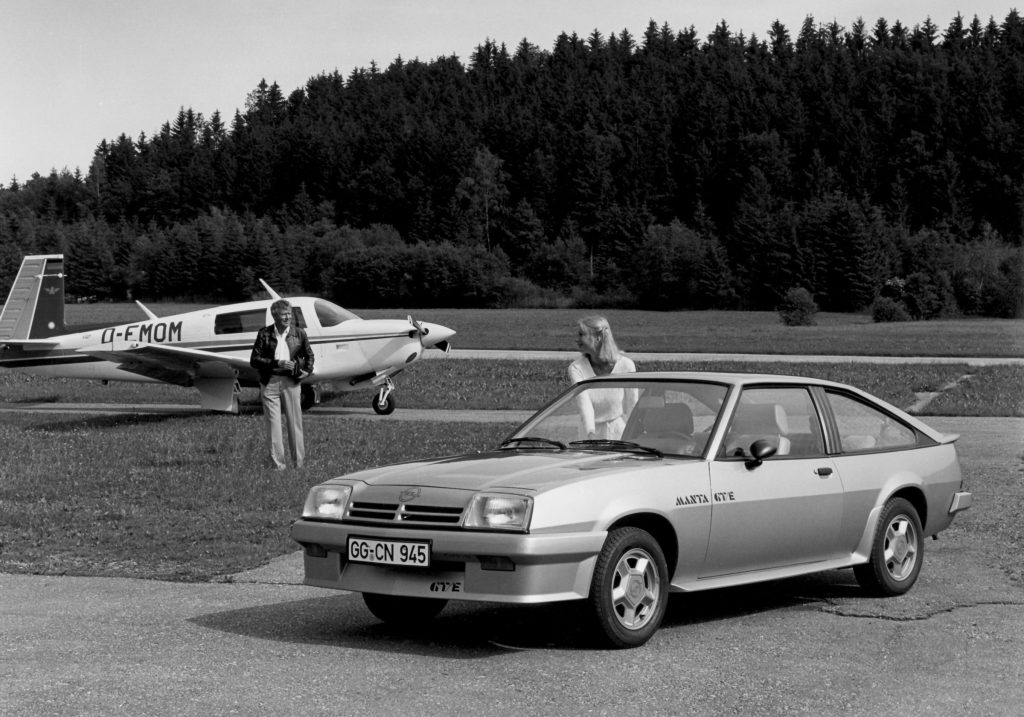
A lot of Mantas have had engine swaps, especially to upgrade to the ‘Red Top’ engine from the later Astra GTE and various other fast Vauxhalls. There’s nothing wrong with the swap if it’s ben carried out well and gives the Manta a boost in power and pep. It needn’t harm the value, either, but you will need to be sure the engine is in good health and the brakes have been uprated to match the power of the engine.
The remainder of the running gear is as simple as it is on the Ascona/Cavalier that donated its underpinnings to the Manta. Check for worn suspension rubbers, shock absorbers, brake discs and pads, and any slop in the steering. It’s all very easy to work on and replace, and fresh bushes and ball joints will transform the way the Manta handles.
Whether you’re buying a car to restore or one that’s fully fit, it pays to check the upholstery is in good condition as finding a matching replacement cloth is tricky and can be expensive when you do find some material. However, the seats themselves are simple to work on and so is the rest of the interior. Build quality is decent for a car of this age, so the dash shouldn’t be sun faded or cracked. However, make sure the electrics work and all of the small trim pieces are present as they can be nigh-on impossible to find. The same applies to the rectangular headlights, which lose their reflective surface on the back of the lens with age. Replacements are very hard to find, which is why many owners swap to the quad headlight style of the rally cars.
Which is the right Opel Manta for you?
Early Opel Manta B cars have a pleasing 1970s simplicity and are still more than capable of being used on modern roads. The four-speed manual gearbox isn’t quite as good to use as the later five-speed unit, and the 1.6-litre engine’s pace doesn’t match the looks. Thankfully, the 1.6 is rare, so a 1.9- or 2.0-litre motor will keep you happy.
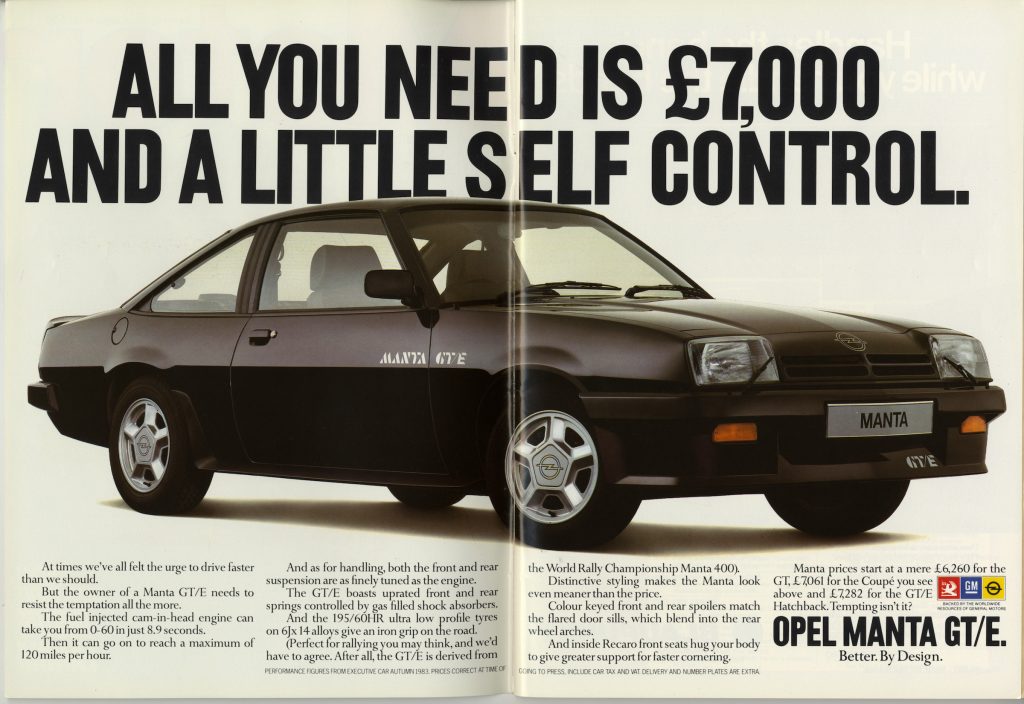
More of a decision will be needed about the body shape. Some buyers will only entertain the two-door coupé for its racier looks, while the Sports Hatch makes for a more practical car with its large tailgate and sizeable boot. If you sit more on the fence about the body style, we’d always go for the car in the best condition.
For us, the sweetest spot in the Opel Manta range is the 2.0 GT/E. It has more than enough get up and go to be entertaining, a slick five-speed ‘box, sharp looks, and the Recaro sports front seats are supportive and comfy. It makes for a fine alternative to a Ford Capri 2.0 and you’re almost guaranteed not to see another at your local classic car show or coffee meet.
Read more:
Peroxide blondes and mullets: 40 years of the Opel Manta B2
Opel Manta ElektroMOD is the latest EV-converted classic
New Opel Manta ElektroMOD fuses 70s cool with 2020s tech

